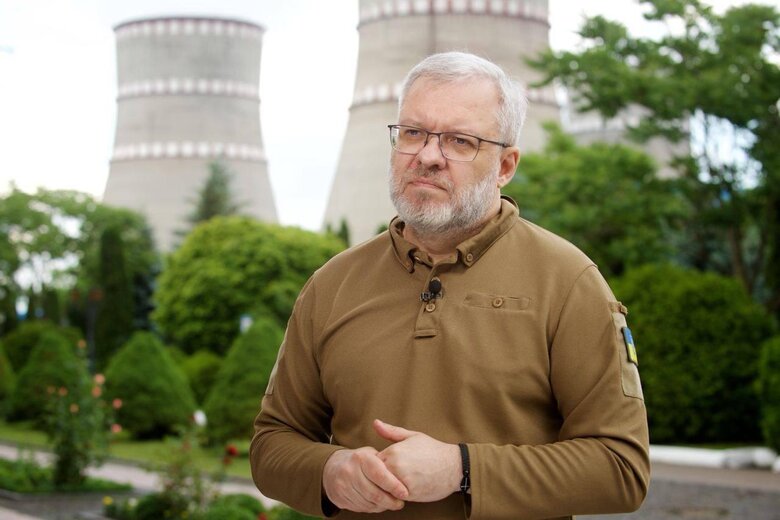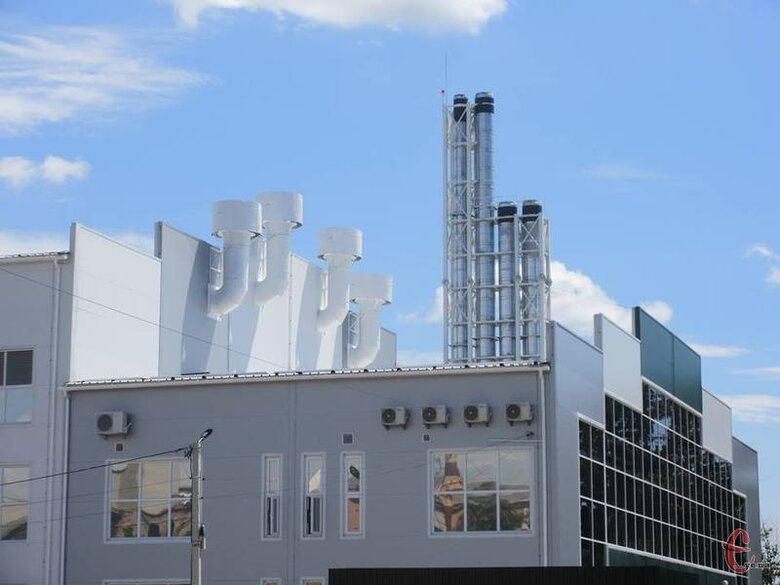Nuclear or decentralised generation?
The expansion of nuclear energy in Ukraine is expedient to solve the problem of energy shortage, which arose as a result of the attacks of the Russian Federation. Such a statement was made on Monday at a briefing in Kyiv by Penny Pritzker, the US special representative for the economic recovery of Ukraine.
If at this point you are hanging back with the question: "Why is everyone insulting the Minister of Energy and talking about decentralised generation?", let's get to the bottom of it.
To be precise, Pritzker said the following: "In the short term, building up nuclear power is a perfectly logical step, along with other efforts being made by all allies."
As you know, after the March attacks by Russia, Ukraine lost 9 GW of generating capacity.
At best, the power grid deficit can be overcome within a few years.
Energy Minister Herman Galushchenko said both before and after the attack that two units would be completed and two new AP-1000 reactors installed at Khmelnytsky NPP, and that it would be the largest plant in Europe.

At the same time, at the end of 2023, Energoatom President Petro Kotin and Westinghouse Electric Company CEO Patrick Fragman signed an agreement to purchase equipment for KhNPP Unit 5.
The equipment was manufactured back in 2013-2017 and will cost Ukraine about $440 million, Forbes estimates.
In fact, after the start of the full-scale invasion, in June 2022, it was reported that Energoatom and the American company Westinghouse would build nine new AP-1000 units at Ukrainian NPPs.
In the spring, US Ambassador Bridget Brink and Westinghouse Electric Company CEO Patrick Fragman took part in the pouring of the "first cube of concrete" at the new power units. At the same time, it was reported that the money for the new power units would be taken from loans from an American bank.
So, I'm sorry, but no one has yet rewritten Churchill's quote that "there are no eternal friends or enemies, only interests". And in this light, Penny Pritzker's words are not surprising.
But since Ukraine is in the most difficult energy situation, let's take a closer look at the story of the completion of nuclear units.
In early April, the Cabinet of Ministers approved the draft Law of Ukraine On the Siting, Design and Construction of Units 3 and 4 of the Khmelnytskyi Nuclear Power Plant, developed by the Ministry of Energy. The draft law defines the locations of power units, general characteristics, as well as design and construction requirements.
However, MPs are refusing to submit the draft law for consideration. And they can be understood.
Firstly, the biggest scandal regarding nuclear units is that Energoatom plans to purchase two nuclear reactors from Bulgaria, which are in fact Russian.
Secondly, during the hour of questions to the government, the minister did not name the exact price of completing the power units or how long it would take to build them.
Earlier, the minister spoke of a timeframe of 3-4 years for the completion of old power units that
inherited from the Soviet era. According to experts, the prospects for the construction of new units are 10 years or more.
Third. The already mentioned price. The "pre-war" feasibility study for the construction of the 3rd and 4th units indicated the amount of UAH 78 billion.
At the same time, Energoatom itself estimated the new units at $5 billion each.
It is unclear where Energoatom, which suffered losses of 8.8 billion last year, will get the money for this.
The experts reminded that in 2017, Westinghouse declared bankruptcy. The reason for this was cost overruns for the construction of two nuclear power plants using AR-1000 technology in Georgia and South Carolina. Reuters put the cost overrun at more than $13 billion.
Fourth. Nuclear energy is believed to be the cheapest in Ukraine, but at the same time, the electricity produced by nuclear power plants has been used in corruption schemes for years. Even now, energy market participants periodically see a surplus in the market, which is impossible in the face of blackouts lasting 15 hours.
In other words, it's just cheating to reduce the price.
Fifth. "I don't know what other arguments are needed to say that Ukraine should build nuclear power," Minister Galushchenko said, commenting on the draft law on the completion of KhNPP-3 and KhNPP-4.
"Every second light bulb in this country is lit thanks to nuclear power. And thanks to nuclear power, we are keeping the power system running today," he added.
Yes, indeed, the majority of electricity in Ukraine has been generated by nuclear power both before and now.
But it has one significant drawback: it is not manoeuvrable. And this is the generation that Ukraine lacks the most right now.

What is the alternative?
The decentralised generation (gas piston and gas turbine stations, bio-turbines and energy storage systems) has been mentioned many times before. If we attract investors now, we can build the necessary minimum of manoeuvrable distributed generation in 2-3 years, spending $5-6 billion.
But that doesn't leave much room for schemes. Well, except for the connection. Which manufacturers have already begun to face.
Tetiana Nikolaienko, Censor.NET
